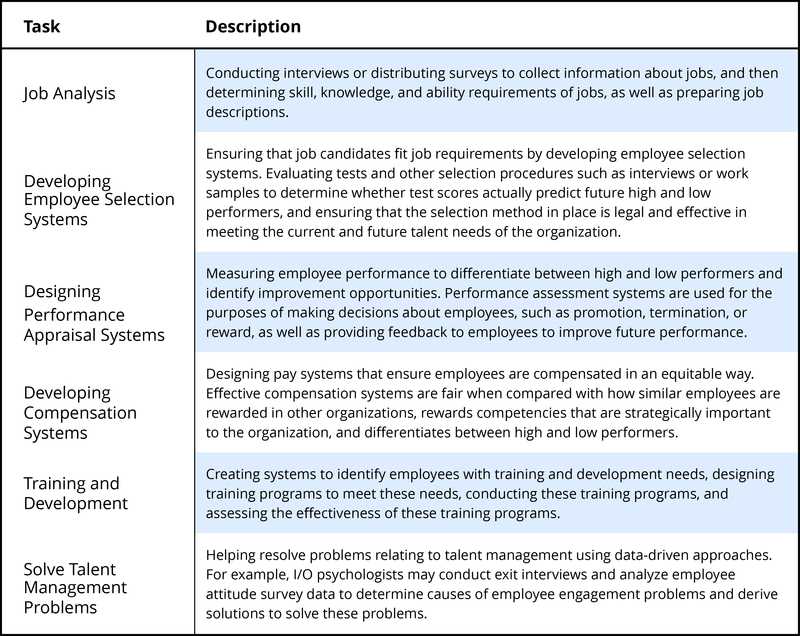Industrial Organization: Exploring Definition, Areas of Study, and Example
Industrial Organization is a branch of economics that focuses on studying the behavior of firms and industries in the marketplace. It seeks to understand how firms make decisions regarding pricing, production, and market entry, and how these decisions impact market outcomes.
One of the key topics in Industrial Organization is market structure. Different market structures have different implications for firm behavior and market outcomes. For example, in a perfectly competitive market, where there are many small firms selling homogeneous products, firms are price takers and have no market power. On the other hand, in a monopoly market, where there is only one firm selling a unique product, the firm has significant market power and can set its own price.
Another area of study in Industrial Organization is government regulation. Governments often intervene in markets to promote competition and protect consumer welfare. They may enact antitrust laws to prevent monopolistic behavior, regulate mergers and acquisitions, or set price controls. The impact of government regulation on firm behavior and market outcomes is a key focus of research in Industrial Organization.
An example of Industrial Organization in action is the automobile industry. This industry is characterized by a few large firms, such as Ford, General Motors, and Toyota, which compete for market share. These firms engage in various conduct strategies, such as advertising, product differentiation, and pricing, to attract customers. The government also plays a role in regulating the industry through safety standards and emissions regulations.
What is Industrial Organization?

Industrial Organization is a branch of economics that focuses on the study of how firms and industries are organized and how they interact with each other in the marketplace. It examines the behavior of firms, market structure, competition, and the impact of government regulation on industry performance.
Industrial Organization seeks to understand the strategic decisions made by firms, such as pricing, product differentiation, and entry and exit decisions. It also analyzes the effects of these decisions on market outcomes, such as prices, quantities, and consumer welfare.
Another important area of study in Industrial Organization is the analysis of firm conduct. This involves examining how firms interact with each other in the marketplace, such as through price competition, advertising, and product differentiation. The behavior of firms can have significant effects on market outcomes and consumer welfare.
Government regulation is also a key aspect of Industrial Organization. It examines the impact of government policies and regulations on industry performance, such as antitrust laws, price controls, and entry barriers. Government intervention can have both positive and negative effects on market outcomes, and Industrial Organization seeks to understand the trade-offs involved.
Areas of Study in Industrial Organization
Industrial Organization is a field of study within economics that focuses on the behavior and performance of firms and industries. It examines how firms make decisions regarding production, pricing, and market strategies, and how these decisions affect market outcomes.
There are several key areas of study within industrial organization:
1. Market Structure: This area examines the characteristics of different market structures, such as perfect competition, monopoly, oligopoly, and monopolistic competition. It explores how the number and size of firms in a market, barriers to entry, and product differentiation affect competition and market outcomes.
2. Market Conduct: This area investigates the behavior of firms in the market, including pricing strategies, advertising, product differentiation, and research and development. It analyzes how firms interact with each other and how their conduct affects market outcomes.
3. Market Performance: This area assesses the efficiency and welfare implications of market outcomes. It examines factors such as consumer surplus, producer surplus, economic profit, and deadweight loss to evaluate the overall performance of markets.
4. Government Regulation: This area focuses on the role of government in regulating markets and industries. It examines the effects of government policies, such as antitrust laws, price controls, and regulations, on market structure, conduct, and performance.
5. Industrial Organization and Strategy: This area explores the relationship between industrial organization and business strategy. It examines how firms can use knowledge of market structure and conduct to develop competitive strategies and gain a competitive advantage.
Overall, the study of industrial organization provides insights into how firms and industries operate in a competitive market environment. It helps policymakers and businesses understand the dynamics of markets and make informed decisions to promote competition and improve market outcomes.
Market Structure and Conduct
Market structure and conduct are two key concepts in the field of industrial organization. Market structure refers to the characteristics and organization of a particular market, including the number and size of firms, the degree of product differentiation, and the barriers to entry and exit.
There are several types of market structures that industrial organization researchers study. These include perfect competition, monopolistic competition, oligopoly, and monopoly. In a perfectly competitive market, there are many small firms that produce identical products and have no market power. Monopolistic competition is characterized by many firms that produce differentiated products and have some degree of market power. Oligopoly refers to a market dominated by a few large firms, while monopoly occurs when there is only one firm in the market.
Market conduct, on the other hand, refers to the behavior and strategies of firms within a particular market structure. This includes pricing decisions, advertising and marketing strategies, product differentiation, and barriers to entry. The conduct of firms can have a significant impact on market outcomes, such as prices, quantities, and consumer welfare.
For example, researchers might examine how changes in market structure, such as mergers or entry of new firms, affect competition and consumer welfare. They might also investigate the impact of different pricing strategies or advertising campaigns on market outcomes.
Government Regulation and Industrial Organization
In the field of industrial organization, government regulation plays a crucial role in shaping market dynamics and ensuring fair competition. Government intervention is often necessary to prevent monopolistic practices, protect consumers, and promote efficiency in the market.
Importance of Government Regulation
Government regulation is essential in industrial organization to prevent the abuse of market power by dominant firms. Without regulation, monopolies or oligopolies can emerge, leading to higher prices, reduced consumer choice, and decreased innovation. By implementing and enforcing regulations, governments can promote competition, protect consumer interests, and maintain a level playing field for all market participants.
Types of Government Regulation
There are several types of government regulation that can be applied in industrial organization:
- Antitrust Laws: These laws are designed to prevent anti-competitive behavior, such as collusion, price fixing, and abuse of market dominance. They aim to promote fair competition and protect consumer welfare.
- Consumer Protection Laws: These laws focus on safeguarding consumer interests by ensuring product safety, accurate labeling, and fair advertising practices. They also provide mechanisms for resolving consumer complaints and disputes.
- Environmental Regulations: Industrial activities can have significant environmental impacts. Governments implement regulations to minimize pollution, promote sustainable practices, and protect natural resources.
- Worker Protection Laws: These laws aim to ensure safe working conditions, fair wages, and protection of workers’ rights. They cover areas such as occupational health and safety, minimum wage laws, and anti-discrimination regulations.
Challenges and Criticisms of Government Regulation
While government regulation is crucial for maintaining a well-functioning market, it is not without challenges and criticisms. Some argue that excessive regulation can stifle innovation, increase compliance costs for businesses, and create barriers to entry for new firms. Additionally, regulatory capture, where regulatory agencies become influenced by the industries they are supposed to regulate, can undermine the effectiveness of regulations.
It is important for governments to strike a balance between regulation and allowing market forces to operate efficiently. Regular evaluation and adjustment of regulations are necessary to address emerging challenges and ensure their effectiveness in achieving their intended goals.
Example of Industrial Organization: The Automobile Industry
The automobile industry is a prime example of industrial organization, as it encompasses various aspects of market structure, conduct, and government regulation. This industry plays a crucial role in the global economy, providing transportation solutions to individuals and businesses alike.
Market Structure

The automobile industry is characterized by a few major players who dominate the market. These companies, such as Toyota, Volkswagen, General Motors, and Ford, have a significant market share and exert considerable influence over pricing, production, and product differentiation. The industry is also highly competitive, with constant innovation and technological advancements driving the market forward.
Market conduct in the automobile industry involves various strategies employed by companies to gain a competitive edge. This includes extensive advertising and marketing campaigns, product differentiation through features and design, and strategic alliances and partnerships. Companies also engage in research and development to introduce new models and improve existing ones, aiming to meet consumer demands and stay ahead of the competition.
Government Regulation
The automobile industry is subject to extensive government regulation, primarily focused on safety, emissions, and fuel efficiency standards. Governments around the world impose strict regulations to ensure the safety of vehicles and reduce environmental impact. These regulations often require companies to invest in research and development to meet the required standards, leading to increased costs and technological advancements.
Government regulation also plays a role in promoting competition and preventing monopolistic practices. Antitrust laws are in place to prevent companies from engaging in anti-competitive behavior, such as price-fixing or collusion. Additionally, governments may provide subsidies or incentives to promote the production and adoption of electric vehicles or other environmentally friendly technologies.
Overall, the automobile industry serves as a prime example of industrial organization, showcasing the interplay between market structure, conduct, and government regulation. The industry’s competitiveness, constant innovation, and adherence to government regulations make it a dynamic and vital sector in the global economy.

Emily Bibb simplifies finance through bestselling books and articles, bridging complex concepts for everyday understanding. Engaging audiences via social media, she shares insights for financial success. Active in seminars and philanthropy, Bibb aims to create a more financially informed society, driven by her passion for empowering others.
